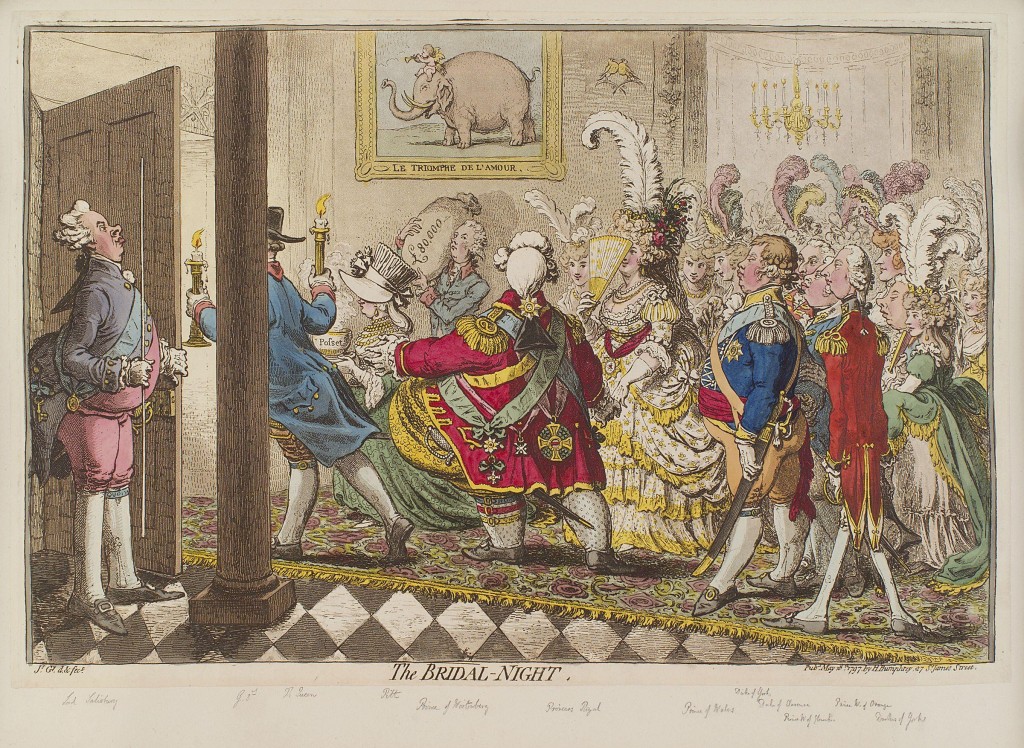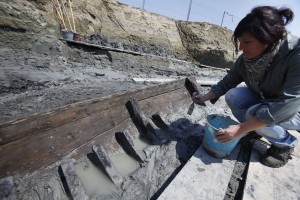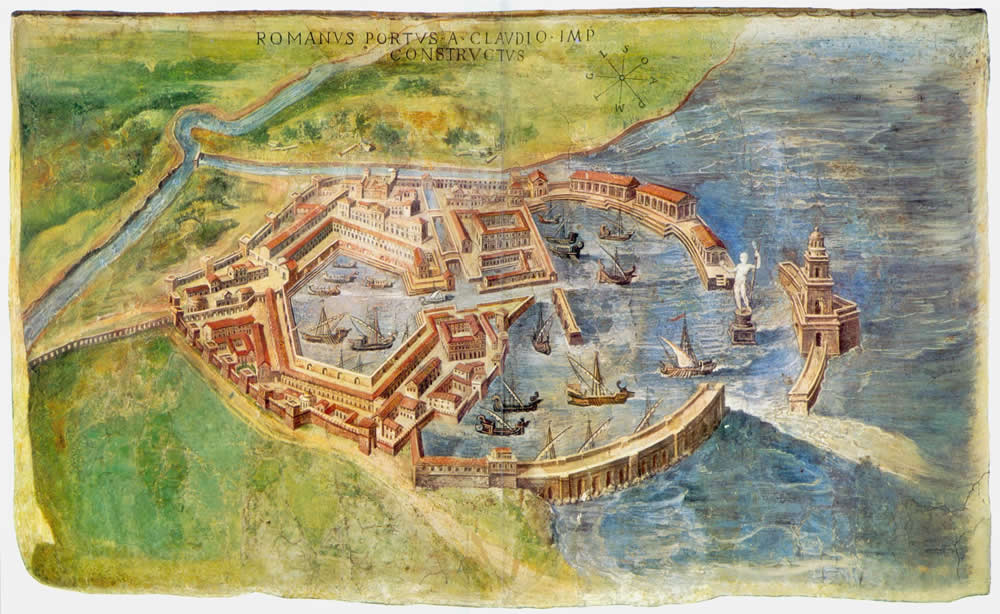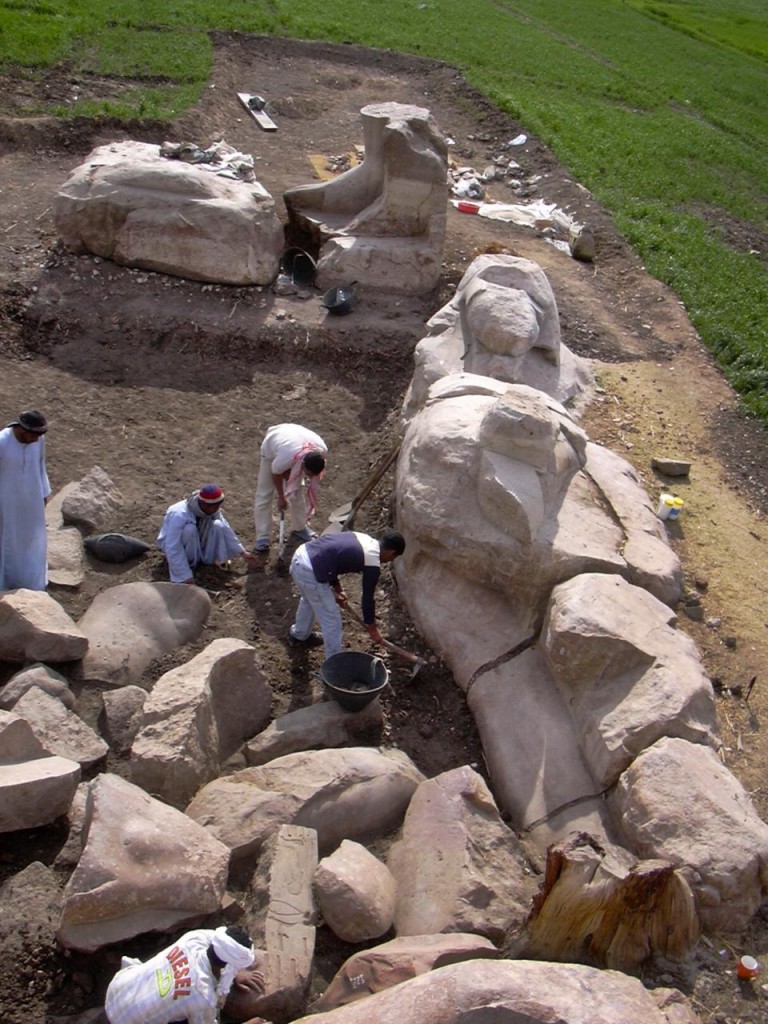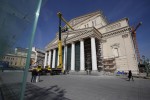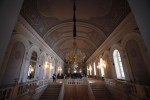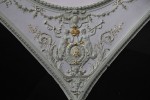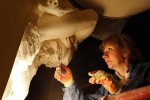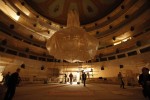 The body of a young woman felled by a blow from a Roman sword was discovered near Faversham, Kent. Archaeologists were excavating the area to prepare for future roadworks when they came across the hastily-buried remains.
The body of a young woman felled by a blow from a Roman sword was discovered near Faversham, Kent. Archaeologists were excavating the area to prepare for future roadworks when they came across the hastily-buried remains.
The girl appears to have been between 16 and 20 years of age when she died, kneeling, stabbed in the back of the head by a Roman sword. Some pottery fragments of Iron Age grave goods buried along with her date the grave to 50 A.D., just seven years after the Roman conquest of Britain began in 43 A.D. In all likelihood she was one of its local victims.
“She was lying face down and her body was twisted with one arm underneath her body. One of her feet was even left outside the grave,” [Dr. Paul Wilkinson, director of the excavation] said.
The burial site was just outside the Roman town, with cemeteries close by. […]
Another indication of her origin, according to Dr Wilkinson, is the orientation of the body.
Romans buried their bodies lying east-west, whereas this body was buried north-south, as was the custom for pagan graves.
In keeping with controversial new Ministry of Justice guidelines instituted in 2008, the skeletal remains of this girl will be reburied on site once the archaeological team have finished their examination. The Ministry of Justice grants licenses for archaeological excavation of human remains. Before 2008, licenses were granted that allowed researchers to retain, study, curate and display ancient excavated remains as appropriate. Only more recent graves were required to be reburied promptly.
In 2008, they changed the standard so that now licenses are granted solely on the condition that all human remains excavated at digs in England and Wales are reburied within two years, no matter what the age of the remains. Archaeologists are protesting the new guidelines vociferously, pointing out that human remains continue to be studied for decades, even centuries, as new scientific techniques are developed that can provide us new information about our ancestors’ lives and deaths.
The ruling was supposed to be an “interim measure,” part of a reassessment of the relevant act (the Burial Act of 1857), but now three years after its implementation, there are a large number of extremely important ancient remains that will have to be forcibly re-interred, like the 51 decapitated Viking warriors found in July 2008 in a mass grave near Weymouth, Dorset.
